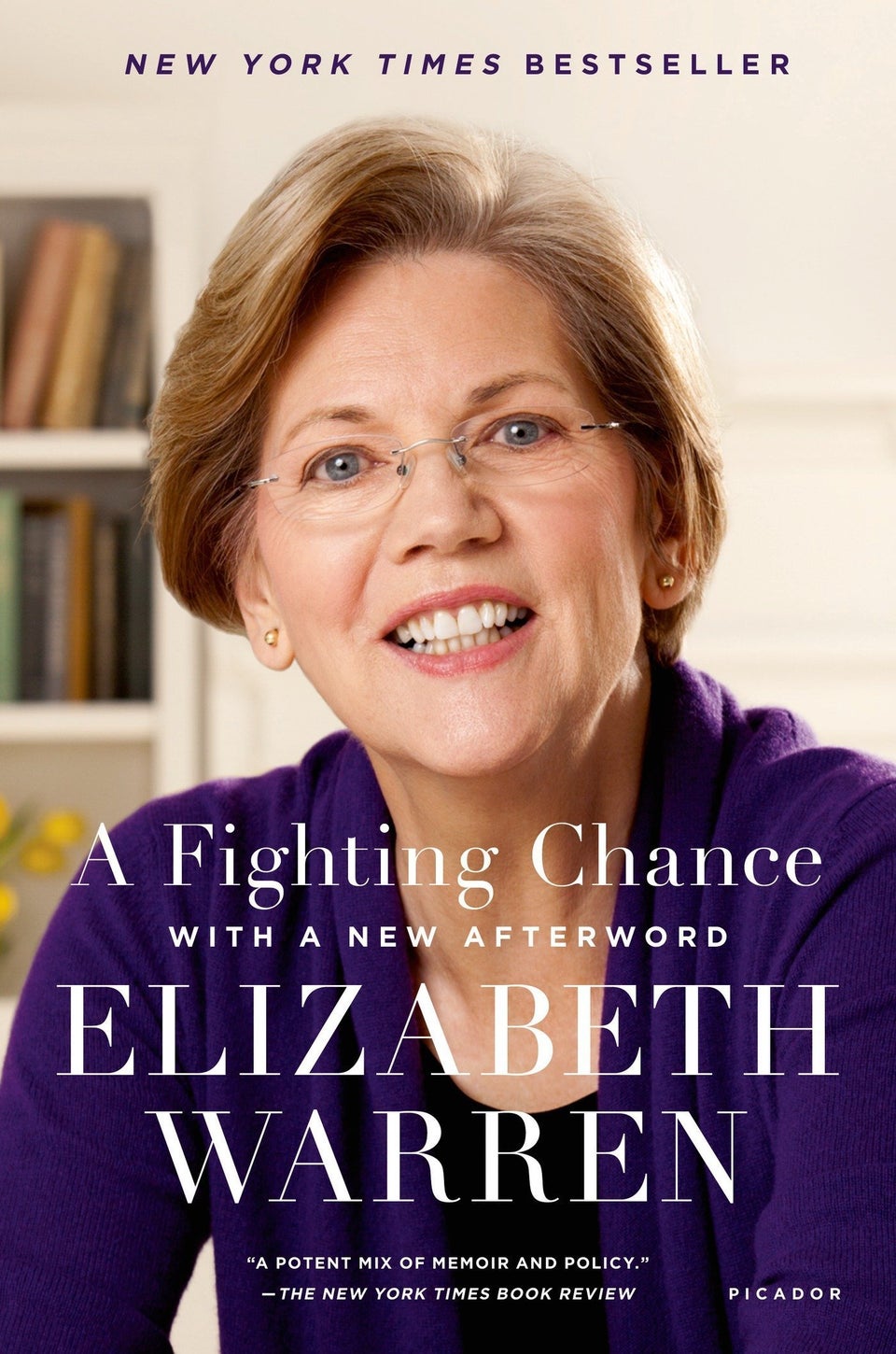
What’s a well-meaning contemporary author seeking to portray a diverse world in her fiction to do? Several recent articles suggest a surprising answer: Hire a sensitivity reader to edit the manuscript.
In an excellent reported piece for Slate last week, Katy Waldman sketches out the uses and potential drawbacks of the practice. Sensitivity readers function as primary readers of a work in progress ― but while a traditional editor would read with a view for overall quality, a sensitivity reader focuses on the accuracy and potential offensiveness of a specific minority group’s portrayal. To ensure a Korean-American family is being depicted sensitively and authentically, an author might hire a Korean-American reader; to vet the characterization of a protagonist who uses a wheelchair, an author might hire a reader with the same disability.
Authors who’ve employed sensitive readers spoke to Waldman and Washington Post writer Everdeen Mason, offering uniformly cautious-sounding reasons for their use. “I was nervous to write a character like this to begin with, because what if I get it wrong? I could do some major damage,” said Susan Dennard, who commissioned a reader for a young adult novel about a transgender character. Waldman spoke to a YA author who was spooked by backlash to her first novel, which some readers criticized as playing into stereotypes of gay and lesbian teens; she hired a number of sensitivity readers for her next book to avoid a similar outcome.
The level of controversy manifested over clichéd and offensive characters in fiction has seemingly skyrocketed with the growing access readers and authors have to each other. Whereas, once upon a time, a variety of staid white men with typewriters might have published reviews of a new novel, today authors can easily find unfiltered feedback from a universe of fans ― on GoodReads, on Amazon, on Twitter and on the ever-proliferating blogosphere. Even professional book-reviewing has grown more diverse, with the rise of the internet.
In recent years, the increasing public scrutiny on the whiteness, straightness and heteronormativity of the publishing world has both demonstrated to many writers that there’s a thirst for more diverse characters among readers and also heightened backlash toward authors who stumble in their portrayals of underrepresented groups. Though authors can typically count on a good editor to smooth gnarled prose or to push them to strengthen the overall story, when it comes to convincingly portraying a minority experience in print, they’re often on their own.
Authors are always limited by their experience and capacity for research, of course. Writing well and convincingly about a life vastly different from one’s own is a particular challenge. In the past, though, authors who fell short were aided in mediocrity by the vast majority of editors and reviewers coming from a similarly homogenous class as the authors themselves.
Write a painfully stereotypical Native American character? Chances are your editor would be white ― and almost definitely not Native ― and wouldn’t notice anything amiss about the depiction. Upon publication, predominantly white reviewers would easily miss any flaws or offensive notes in the book. While Native readers might grumble, they’d stand little chance of getting through to the author and publisher on a meaningful scale.
Of course, whenever white creators are critiqued for politically incorrect or offensive work, defensiveness kicks in. National Review columnist Katherine Timpf huffed that sensitivity readers were “an assault on art” who would reduce fiction to depictions of “nice sensitivity training.” Slate and Washington Post commenters were skeptical as well, largely dismissing the practice as political-correctness run amok. Critics point to the risk of diluting the visions of creative geniuses with nitpicking edits, leaving us with sanitized, dull tales of well-behaved people.
“Let’s be real: A blind misrepresentation of a minority culture is a failing of craft as much as an underdeveloped protagonist or poor pacing.”
This is only true, though, if you assume several things: That the availability of sensitivity readers is equivalent to mandated bowdlerizing of texts (it’s not), that sensitivity readers will demand the removal of all poor behavior from characters (there’s no evidence of this), and that sensitivity reading marks a substantial change from the time-honored practice of editors suggesting improvements to written works.
But is sensitivity reading a truly new thing? There’s really no meaningful difference between the content editing any reputable publisher would offer and sensitivity reading ― except that most agents and editors, to this day, are white, straight, cisgender, able-bodied women. The average editor at a publishing house isn’t personally familiar with the experiences of an American bisexual child of Chinese immigrants, or a black teenager, or a deaf woman. An editor can and will alert their author that an odd coincidence reads as ridiculously contrived, or that a character’s dialogue seems stiff and unrealistic; that’s part of helping a writer hone their craft and polish their book. What, then, if the book’s flaw lies in a cultural detail misrepresented, or a glaringly dated stereotype of a person of color? Unless the editor has more fluency in a given culture than the author, the editing process could skip right over that weakness.
For writers and editors, a balance always must be sought between resolving weaknesses and eviscerating the original vision. A powerful or convincing editor can push an author to entirely change the scope of a book, or can essentially rewrite a work. Editor Gordon Lish, rather famously, wreaked such significant changes on famed author Raymond Carver’s “What We Talk About When We Talk About Love” that many believe the genius found in the short story belongs more to Lish than to Carver. Despite the risk of obtrusiveness, writers continue to seek out editors, and readers continue to read books polished by editors, because the benefit of publishing a vetted, tightened-up text outweighs the risk of a pure artistic concept being tainted by criticism.
Editors have long been a protective measure for writers and publishers, a compromise between total authorial independence and the vulnerability of publishing a text marred by one’s own blind spots and occasional linguistic infelicities. They aren’t perfect ― plenty of authors clash with their editors and even reject edits, and an editor might happen to love an element of the book that reviewers and readers find weak ― but they give authors a clear, outside perspective on where their book has succeeded or failed. Sensitivity readers are simply another iteration of this practice, and, to some degree, a Band-Aid over the ongoing problem of homogenous publishing houses that publish books by a disproportionately white group of people.
Let’s be real: A blind misrepresentation of a minority culture is a failing of craft as much as an underdeveloped protagonist or poor pacing. Writers aren’t wrong or weak for seeking out smart editors and sensitivity readers to call their attention to oversights: They’re smart. A sensitivity reader is no substitute for good research and submersion in diverse media, as one YA author noted on Twitter, but neither is an editor a substitute for careful writing ― they just give authors another opportunity to catch mistakes and fix them before going public. This is good for both the authors, who put out tighter work, and for readers, who get to read and enjoy better books.
The need for sensitivity readers could be diminished by a more diverse publishing industry and, most importantly, by more diverse authors getting book deals for stories about their own diverse experiences. Though publishers have responded to demand for a less whitewashed slate of books, oftentimes the diversity is added within books written by white authors.
As one author put it, on Twitter:
Reflecting the diversity of America within the publishing industry itself won’t necessarily rid us of the demand for sensitivity readers, however. Authors will always want to write outside of their experience and will always benefit from feedback from the marginalized communities they’re writing about.
The term “sensitivity reader,” in a PC-allergic, trigger-warning-resistant era like this one, might sound precious and sanitary. But every reader who can offer expert, informed feedback to an author has a place in the literary world.
They’re trying to make books better, not safer ― and there’s nothing wrong with that.

